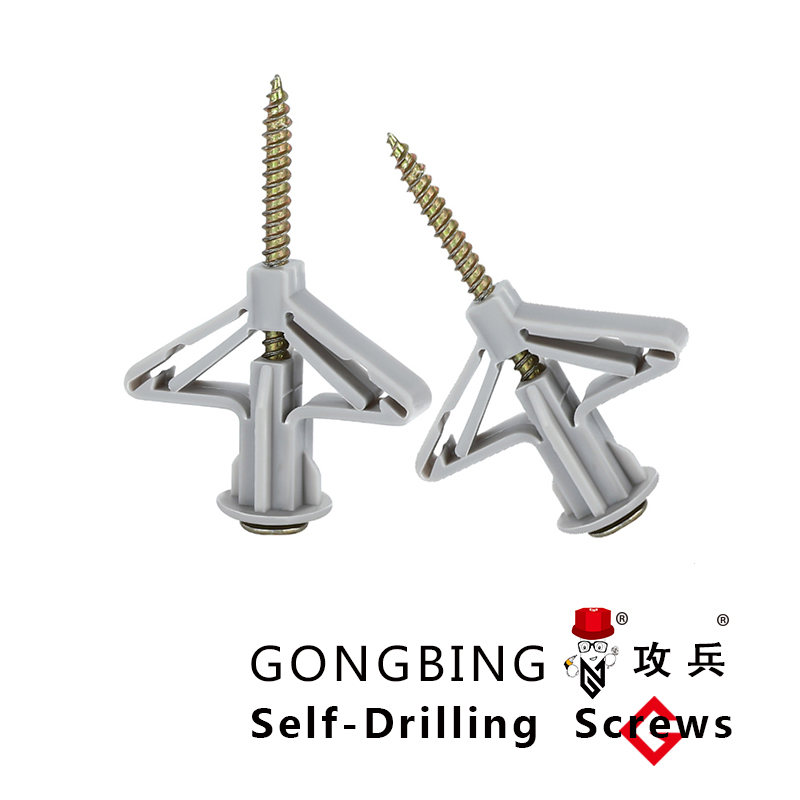Detailed Specifications and Design Considerations for Shear Studs in Construction Applications
Understanding Shear Stud Details in Construction
In modern construction, the integrity and durability of structures are paramount. Among the various elements that contribute to this reliability, shear studs have become a crucial component, particularly in composite steel-concrete constructions. This article explores the importance of shear studs, their design details, and their role in enhancing structural performance.
What are Shear Studs?
Shear studs are short, cylindrical steel elements that are welded to the top flange of steel girders or beams. Their primary function is to provide a mechanical connection between the steel and the concrete slab that rests on it. This connection is vital because it allows the two materials to act together as a composite section under load, significantly improving the overall strength and load-carrying capacity of the structure.
Design and Detailing of Shear Studs
The design of shear studs involves several key considerations. According to relevant codes and standards, the size, spacing, and arrangement of shear studs must be carefully calculated to ensure adequate bonding between the steel and concrete. The shear stud's diameter, length, and profile can vary based on the design requirements and the specific applications in the structure.
One important aspect of shear stud detailing is the spacing between studs. The distance between adjacent studs typically ranges from 2.5 to 3 times the stud diameter, depending on factors like the thickness of the concrete slab and the type of loading conditions anticipated. Proper spacing ensures that shear transfer is evenly distributed across the entire interface, minimizing the risk of slippage or failure.
shear stud detail

Additionally, shear studs are generally placed in a staggered arrangement to enhance the distribution of shear forces. This staggered pattern helps to prevent localized stress concentrations that could lead to premature failure of the connection. It is also essential to consider the alignment of the shear studs with the reinforcement bars within the concrete slab to maximize the composite action.
Role in Structural Performance
The utilization of shear studs significantly contributes to the structural performance of composite systems. By effectively transferring shear forces between the concrete slab and the steel framing, shear studs facilitate enhanced resistance to both vertical and lateral loads. This is particularly critical in high-rise buildings, bridges, and other structures subjected to dynamic forces such as wind and seismic activities.
Furthermore, shear studs play a vital role in minimizing deflection and controlling lateral-torsional buckling of steel beams. In composite constructions, the effective depth of the combined section is increased, resulting in a stiffer and more stable system. This characteristic is essential for achieving serviceability requirements, ensuring that deflections remain within acceptable limits throughout the life of the structure.
Conclusion
In conclusion, shear studs are an indispensable component in modern structural engineering, especially in composite steel-concrete constructions. Their ability to create a robust connection between steel and concrete enhances the overall structural integrity and performance of a building. Proper design and detailing of shear studs are crucial to maximizing their effectiveness and ensuring that structures can withstand both expected loads and unforeseen environmental pressures. As construction technology continues to evolve, a thorough understanding of shear stud details will remain essential for engineers and designers committed to delivering durable and resilient structures.
-
Weatherproof Plastic Expansion Anchors for OutdoorNotíciesJun.06,2025
-
Sustainability in the Supply Chain: Eco-Friendly TEK Screws ProductionNotíciesJun.06,2025
-
Load-Bearing Capacity of External Insulation FixingsNotíciesJun.06,2025
-
Double Head Bolts: Enhancing Efficiency in Industrial MachineryNotíciesJun.06,2025
-
Corrosion Resistance in Chipboard Screws: Coatings for Wholesale DurabilityNotíciesJun.06,2025
-
Butterfly Toggle Bolts : Enhancing Structural ResilienceNotíciesJun.06,2025
